Who are the Haqqanis, Afghanistan's most feared insurgents?
Led by Sirajuddin Haqqani, the group has been blamed for spectacular attacks across Afghanistan
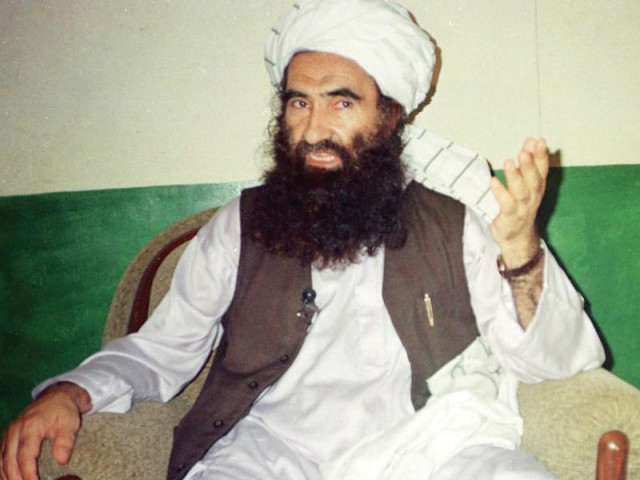
A file photo of Taliban leader Sirajuddin Haqqani. PHOTO: FILE
Led by Sirajuddin Haqqani, who doubles as the Afghan Taliban's deputy leader, the militant group has been blamed for spectacular attacks across Afghanistan since after the US invasion.
"When you hear US officials, including in private settings, talking about what worries them the most, they always talk about the Haqqanis," said analyst Michael Kugelman, of the Wilson Center in Washington.
The group was founded by Jalaluddin Haqqani, an Afghan mujahideen commander fighting the Soviet occupation of Afghanistan in the 1980s with the help of the US and Pakistan. Jalaluddin gained notoriety for his organisation and bravery, garnering attention from the CIA and a personal visit from US congressman Charlie Wilson.
A fluent Arabic speaker, Jalaluddin also fostered close ties with Arab militants including Osama Bin Laden who flocked to the region during the war. Later, Jalaluddin became a minister in the Taliban regime. Now designated a terrorist group by the US, the Haqqanis are known for their heavy use of suicide bombers.
They were blamed for the truck bomb in the heart of Kabul in May that killed around 150 people - though Sirajuddin later denied the accusation in a rare audio message. The network has also been accused of assassinating top Afghan officials and holding kidnapped Westerners for ransom.
That includes recently released Canadian Joshua Boyle, his American wife Caitlan Coleman, and their three children - all born in captivity - as well as US soldier Bowe Bergdahl, who was released in 2014.
Following the US invasion of Afghanistan, Taliban fighters flooded across the border into Pakistan, where they regrouped before launching an insurgency against the Americans.
That included the Haqqanis, who coordinated attacks on NATO from across the border in their stronghold of Miran Shah, the biggest town in North Waziristan, one of Pakistan's semi-autonomous border tribal areas. The US has launched repeated drone attacks targeting the group while Pakistan's military has conducted successive clearing operations.
Pakistan intensified a military operation in the area in 2014, however, and some militant sources say the pressure has forced many of the Haqqanis underground or over the border into their Afghan strongholds, claims that AFP could not confirm.
Washington has long pressured Pakistan to crack down on militant groups, with the Haqqanis a top priority.
US President Donald Trump turned up the heat last summer when he accused Pakistan of playing a double game in Afghanistan and upbraided Islamabad for sheltering "agents of chaos".
Islamabad has repeatedly denied the claims and accused Washington of ignoring the thousands of Pakistani lives lost in its struggle with militancy.
The recovery of Boyle, Coleman, and their children came weeks later, with Pakistan using its role in securing their freedom to urge the US to trust it is doing its best.
But - Pakistan's desire for strategic depth aside - a crackdown on the Haqqanis might not be easy in a tribal society where social relations matter, warned Pakistani political analyst Imtiaz Gul. "You can't simply pluck out somebody because they've gone politically incorrect," he said.

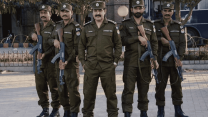
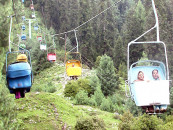

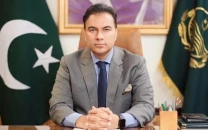
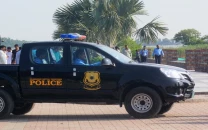
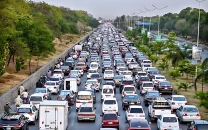












COMMENTS
Comments are moderated and generally will be posted if they are on-topic and not abusive.
For more information, please see our Comments FAQ